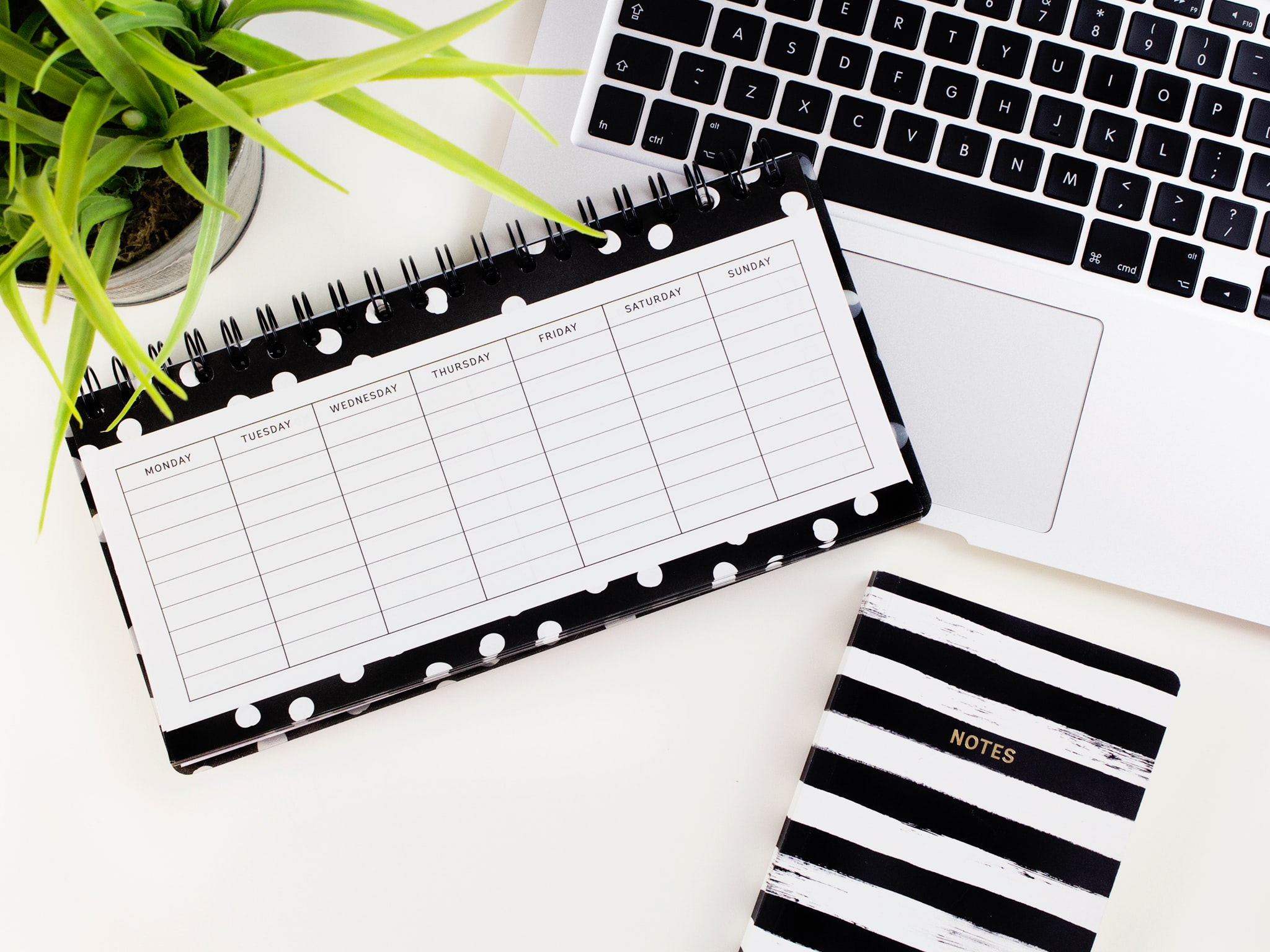Humans, by nature, are creatures of habit. We need rhythm, routine and the security of the expected. Children also need the predictability of a schedule, and if the world is all out of whack around them, a schedule is even more important.
When our regular schedule is thrown into a tailspin by unforeseen events, that is when children are most in need of a secure and predictable schedule. Adults, who may also have had a wrench thrown into their plans by events utterly out of their control, also need to settle into some kind of routine. The tricky part might be melding these two very different routines. What’s harder is when this melding is unplanned, it can be overwhelming. But there are ways to master the uncertainty and make sailing smooth again.
Set a general plan for the day
When children have their regular school day, they know they get up, eat breakfast get dressed and go to school. If school is closed unexpectedly (particularly for long periods,) it helps for parents to set a similar routine. Get up, eat breakfast, get dressed and go play outside for 30 minutes. At 9:30 we will have snack and at 10:00 we will take a walk around the block. At 10:30 there is more play time outside, followed by lunch and a playground in the afternoon. When everyone knows what is going to happen in the day, the day will run more smoothly.
Conquer the schedule in small increments until it is familiar
Setting small goals help both the caregiver as well as the child with the schedule. At Pivot to Play™ we strongly encourage independent, self-directed play that is primarily outdoors. But children aren’t as used to playing outdoors independently like they were in previous generations, so working up to longer and longer periods will help them adjust. Set goals for them, using an analog clock and a picture of where the hands will be when it is time to change activities. Then let them play independently, and each day let that play last a little longer. Need ideas for outdoor play? We have them here and here. And the benefits here and here.
Stick to the schedule as much as possible
If a plan is made for the day, sticking to it as much as possible will benefit everyone. Of course there will be hiccups and changes, but efforts to hold to the plan are key, particularly in the beginning. The school day is very structured for children, so keeping them in a similar structure will help them ease through any changes when school is not open.
Make sure children know what the parameters are
If technology is going to be limited, as pediatricians and educators suggest, then explain clearly to children exactly how much they can have each day and stick to it. Use the analog clock and a sample clock to help them know how much time they have to play. And when it is over, it is over. It is a very good lesson to learn that the end means the end. They will have to apply that skill when they take tests and SATs down the road. Better to master that understanding earlier rather than later.
From an adult’s perspective, think of the day as a lesson plan
All teachers make a lesson plan for their daily goals, including what they need to achieve those goals, what equipment they will need, how long each activity will take and most of the time they keep a back up plan just in case things don’t work out. For parents who are suddenly with children all day when school is closed, having a plan will help things move much more smoothly.
